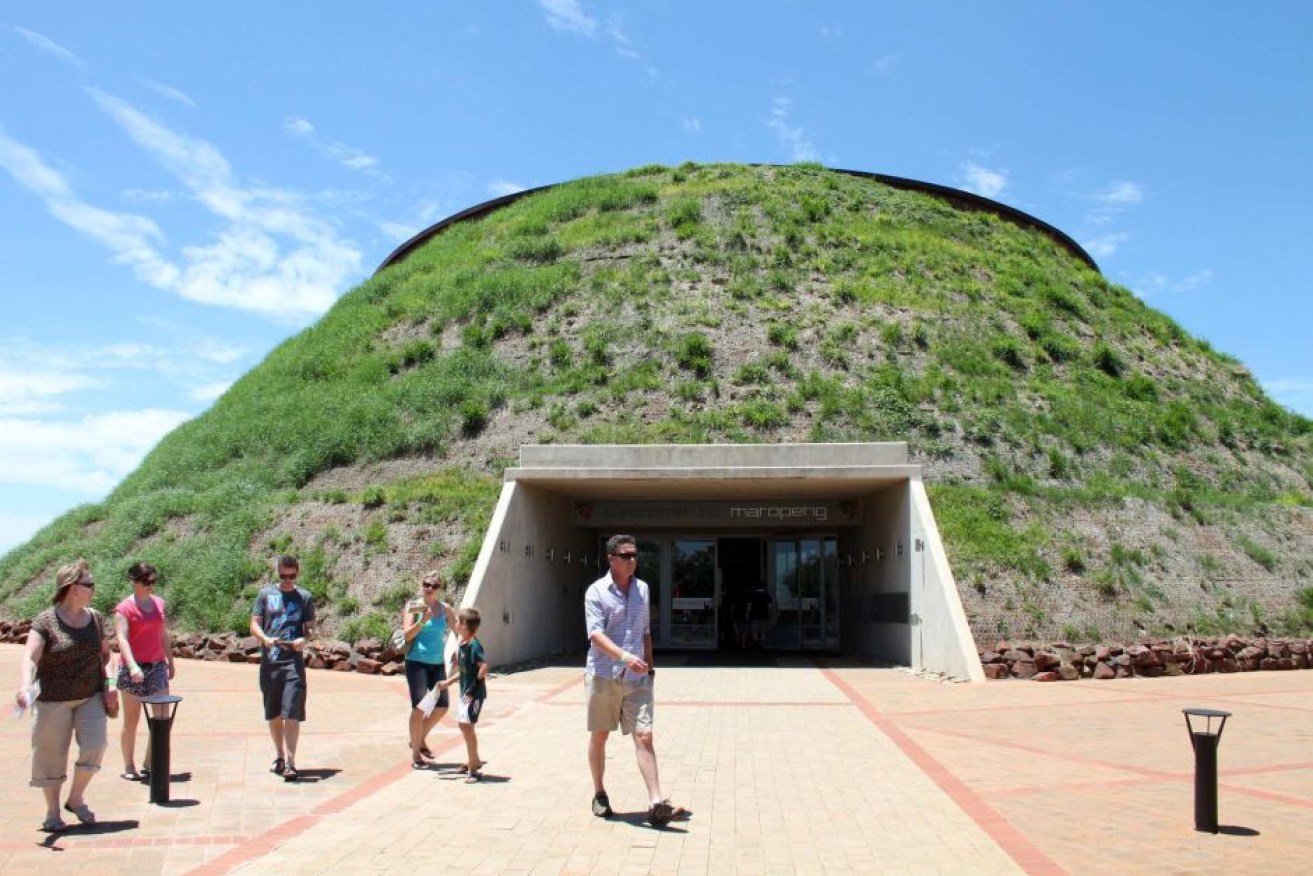New species of human relative uncovered

Flickr: flowcomm
The fossilised bones of 15 bodies from a previously unknown human species have been unearthed from the depths of an underground graveyard, in a discovery scientists say could change the history of mankind.
About 1500 fossils were found deep in a cave system outside Johannesburg, hidden in a deep underground chamber only accessible via several steep climbs and rock cavasses.
Experts are uncertain how the “Homo naledi” remains came to be inside the cave, or even how old they are, but the discovery may help fill a crucial gap in the fossil record and shed light on how mankind evolved from ape to human.
• Apple has launched a new range of iPhones
• ‘I make people gamble again’: confessions of a retention officer
• Are you ok? What to ask someone you’re worried about
The bones were first discovered in 2013 by Witwatersrand University (WU) scientists and volunteer cavers in the Cradle of Humankind, a UNESCO World Heritage Site.
“I am pleased to introduce you to a new species of human ancestor,” Lee Berger, a research professor at the WU in Johannesburg, told reporters at the site.
Ancient human remains have been found in the area since excavations begun in the 1920s.
The Rising Star expedition was led by Professor Berger, who is also a National Geographic explorer.

The skeletons of 15 human ancestors were retrieved. Photo: ABC/National Geographic
It involved an international team of scientists, including six “underground astronauts”, who weaved their way through narrow walls and chambers of the cave to reach the mass of human remains.
Donning hard hats and some very creative ways of carrying technology, the team wedged themselves through the narrow gaps and down a vertical, dark, 17-centimetre-wide passage to reach the ancient graveyard.
Most fossil discoveries of human relatives consist of just a handful of bones. But down in this hidden chamber, the team uncovered an unprecedented trove.
“The discovery of so many fossils belonging to at least 15 individuals is remarkable,” said Professor Chris Stringer from the Natural History Museum in London, one of the lead analysts on the discovery.
He said the find highlighted “the complexity of the human family tree and the need for further research to understand the history and ultimate origins of our species”.
Scientists from Queensland’s James Cook University (JCU) were involved in the expedition.

The bones were discovered in the Cradle of Humankind in South Africa. Photo: Flickr: flowcomm
Professor Paul Dirks said the remains were found at the end of a narrow passage in a section where sunlight has never reached, known to scientists as the “dark zone”.
The team believed the chamber could be an intentional disposal site – a graveyard of sorts.
Testing at JCU and the University of Johannesburg shows sediments in the chamber did not come from external sources, ruling out the possibility of flash flooding or other catastrophic events leading to the fossils getting into the chamber.
“The deep cave location where the bones were found suggests that they may have been deposited there by other humans, indicating surprisingly complex behaviour for a ‘primitive’ human species,” Professor Stringer said.
Professor Dirks said the features of Homo naledi were similar to other early hominids, combining a human-like face, feet and hands, but with a short, ape-like torso and a very small brain.
“It is a mixture of primitive features and evolved features,” he said.
“It shows there were different species of hominids alive at different times that combined all sorts of different features – nature was experimenting.”
Homo naledi stood approximately 1.5 metres tall and weighed about 45 kilograms.

A composite skeleton of H. naledi’s overall body plan and an illustration of how it compares to Homo species such as H. erectus and australopithecines such as Lucy.








